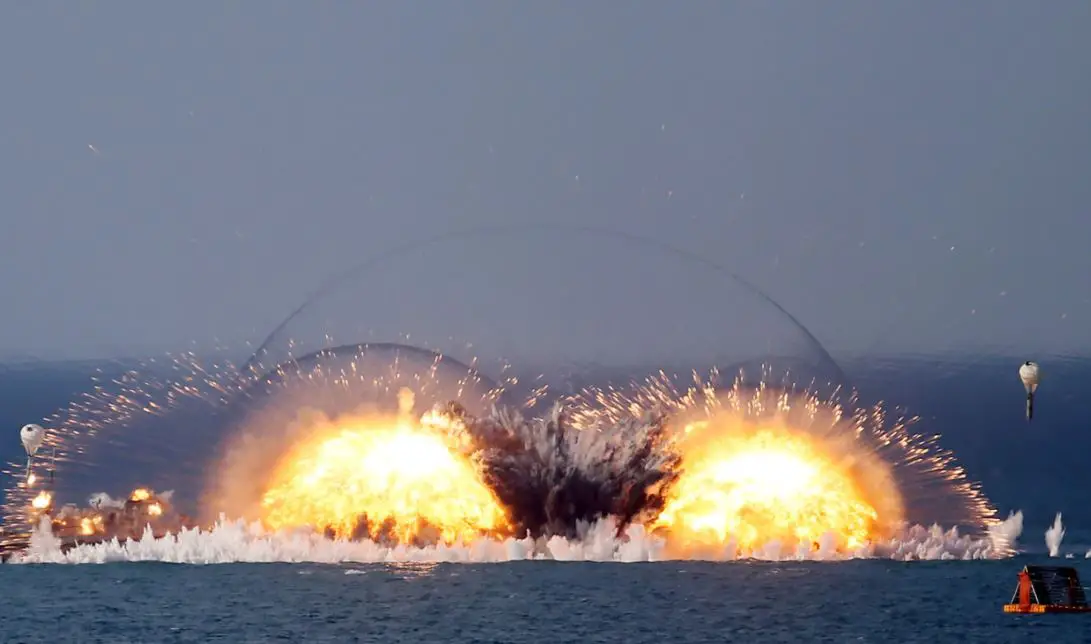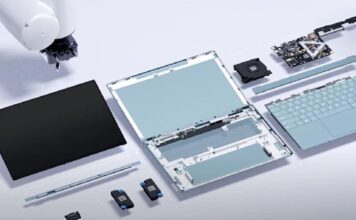If Western countries want to avoid relying on Taiwan for semiconductors, they will need to invest huge amounts of time and capital. Mass producing chips is not an easy progress as it might sound.
The Spanish newspaper El País reported on the 9th that Antonio Varas, general manager of strategic development of Synopsys, a major American electronic chip manufacturer, said in an interview with the media that the world uses advanced processes below 10 nanometers to produce high-end chips.
90% chips are supplied by Taiwan semiconductor companies, mainly used in computers, mobile phones, video game consoles and computer servers and other equipment.
The general manager of Varas said that if China occupies Taiwan and makes Taiwanese chips unable to export, it would be hard to imagine the impact on the global industry. Depending on the difference in the stock of chips, factories around the world would be forced to suspend production for 3 weeks to 3 months.
At present, the EU plans to invest 43 billion euros to develop the semiconductor industry, the United States has passed the chip bill with an investment scale of 52 billion US dollars, and Spain will also invest 12 billion euros in the development of the chip industry.
However, semiconductor is a highly technological industry, and it takes several years to achieve from the planning of the factory to the mass production.
At the same time, the semiconductor industry must have close cooperation with upstream and downstream related industries in the industry cluster (Industria de clústeres). The United States, South Korea, Japan, Germany and Italy are committed to integrating the semiconductor industry value chain.
In theory, semiconductor factories can be located all over the world; factories can only be located in areas with low-cost water and electricity, close to airports, and willing to be subsidized.
Spain may be able to meet the aforementioned environmental conditions for setting up semiconductor factories, but there seems to be a shortage of high-tech talents, while Taiwan and China have all the aforementioned conditions.
Whether the U.S. has the resources needed for the semiconductor industry remains to be seen, and even plans to attract Taiwanese talent to work.
General Manager Varas pointed out that in promoting the development of the semiconductor industry in Western countries, it is not only considering the reduction of production by Taiwanese companies or being affected by China’s military threat, but also the global market demand.
Although the demand for computer chips may gradually decrease in the short term, the demand for chips in the mobile phone, computer server, general manufacturing, defense industry and automobile industry will continue to grow.
In the case of automobiles, the number of chips required per vehicle is increasing, even though car sales are not growing.
The investment goal of the semiconductor industry in Western countries is not only self-sufficiency, but the establishment of diversified supply sources. The medium and long-term policy goal is to produce most of the chip production capacity outside Taiwan, and to avoid too much dependence on Japanese and South Korean companies that are adjacent to North Korea and China.
A few days ago, China’s retaliatory measures against US House Speaker Nancy Pelosi’s visit to Taiwan mainly affected Taiwan’s maritime transportation, and had little impact on the supply of chips mainly by air, and did not significantly affect the global chip supply chain.
Since the chips China needs are also sourced from Taiwan, if the blockade affects Taiwan’s semiconductor industry, it will also cause considerable damage to its own industry.




